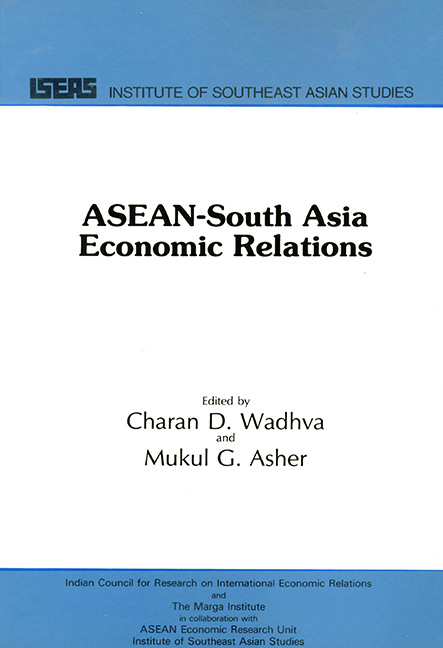An Overview
Published online by Cambridge University Press: 21 October 2015
Summary
INTRODUCTION
The period since 1970 has witnessed many important changes in the world economy. Firstly, the rise of the OPEC (Organization of Petroleum Exporting Countries) resulted in sharp increases in energy prices in 1973 and 1979. Besides posing the problems of adjustment to such high energy costs and of the recycling of petro-dollars, OPEC has also had a profound psychological impact. It has demonstrated to the developing world that the international economic structure can be changed to their advantage. While the success of OPEC has not been repeated in other areas, it did provide an impetus to calls for restructuring the present world order to one that would be less disadvantageous to the developing world.
Secondly, there have been considerable changes in the structure and location of world production in the different geographical regions. This has meant increasing heterogeneity among the developing countries.
Thirdly, the above changes in structure and location of production would normally have meant smooth restructuring in the developed countries as new centres of production in Asia and Latin America came into existence. In some locations such as ASEAN (Association of Southeast Asian Nations), transnational corporations played a pivotal role in bringing about such a transformation, while in others, such as South Korea, their role was less pivotal. However, due to various reasons, such as the simultaneous need to adjust to high energy costs, demographic changes, saturation of the traditional consumer-durable goods market, prolonged recession, and so forth, this restructuring has not proceeded at the pace required to keep protectionist forces in check.
Fourthly, the combined effects of slow growth in both the developed and the developing countries and protectionism have led to a slow-down in the growth of world trade.
Fifthly, many developing countries, among them many NICs (newly industrialized countries), such as South Korea, Brazil, Mexico, and semi-NICs, such as the Philippines, borrowed heavily during this period from both the multilateral institutions and commercial banks to finance their economic growth.
- Type
- Chapter
- Information
- ASEAN-South Asia Economic Relations , pp. 1 - 26Publisher: ISEAS–Yusof Ishak InstitutePrint publication year: 1985

